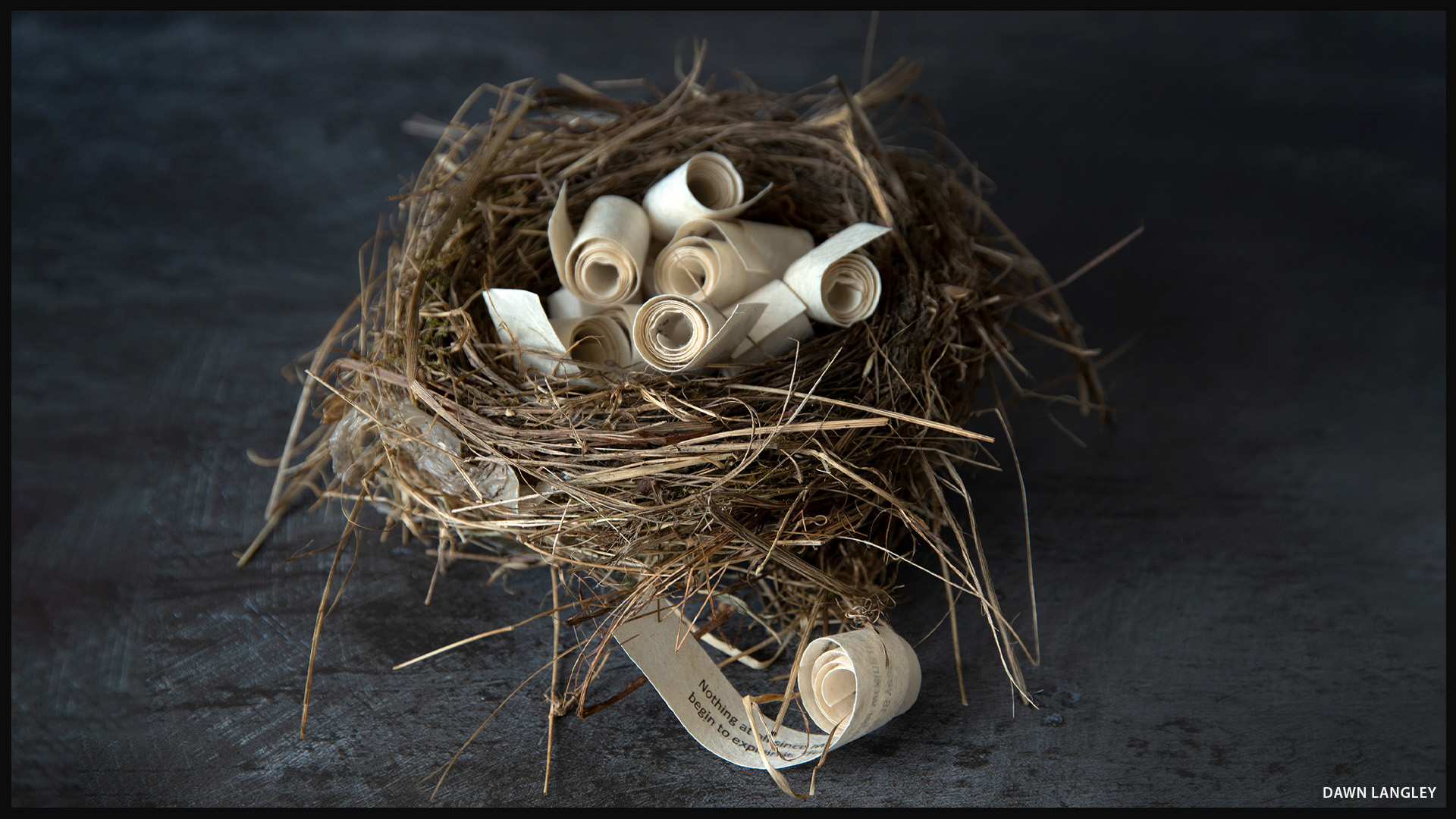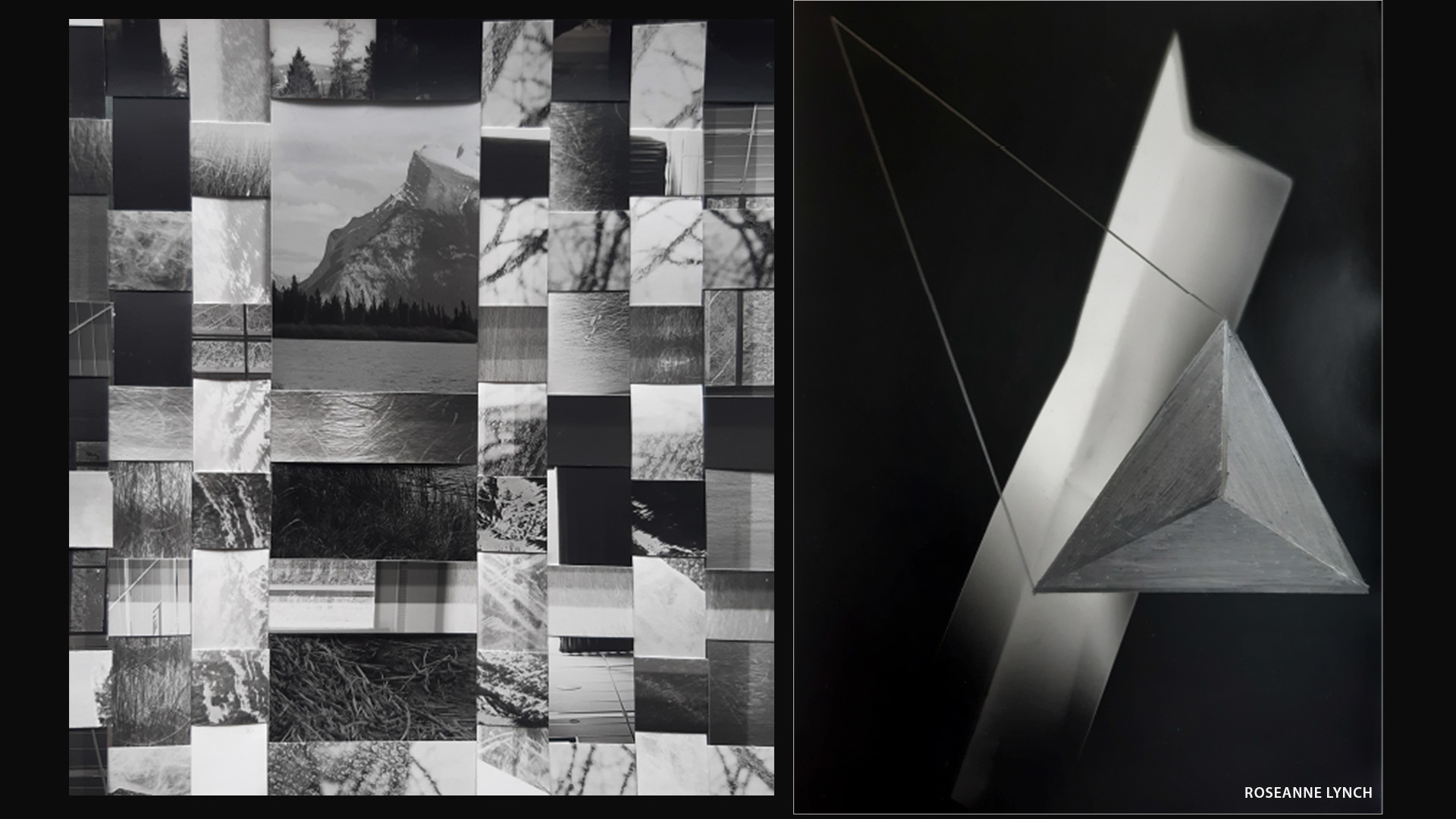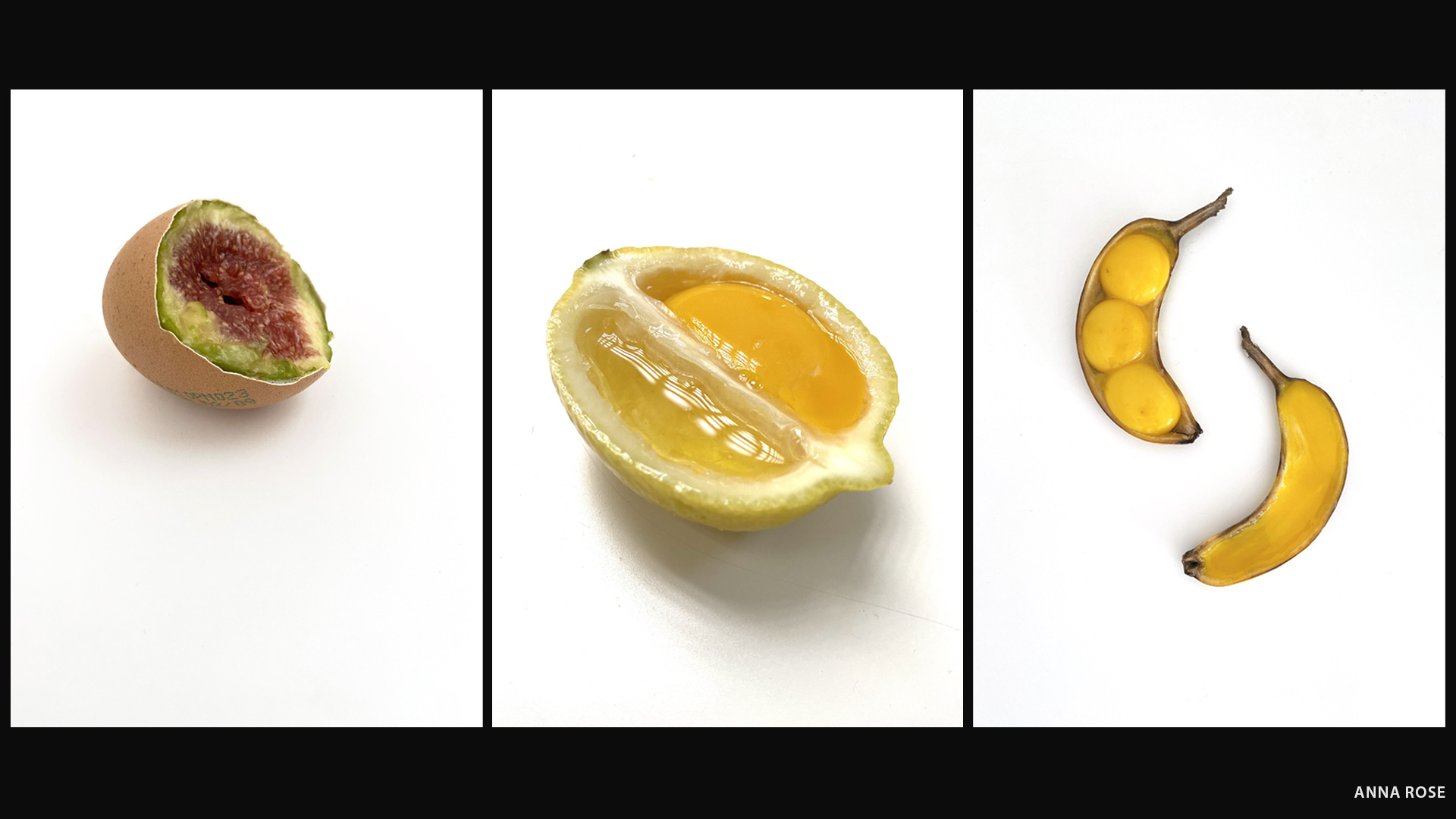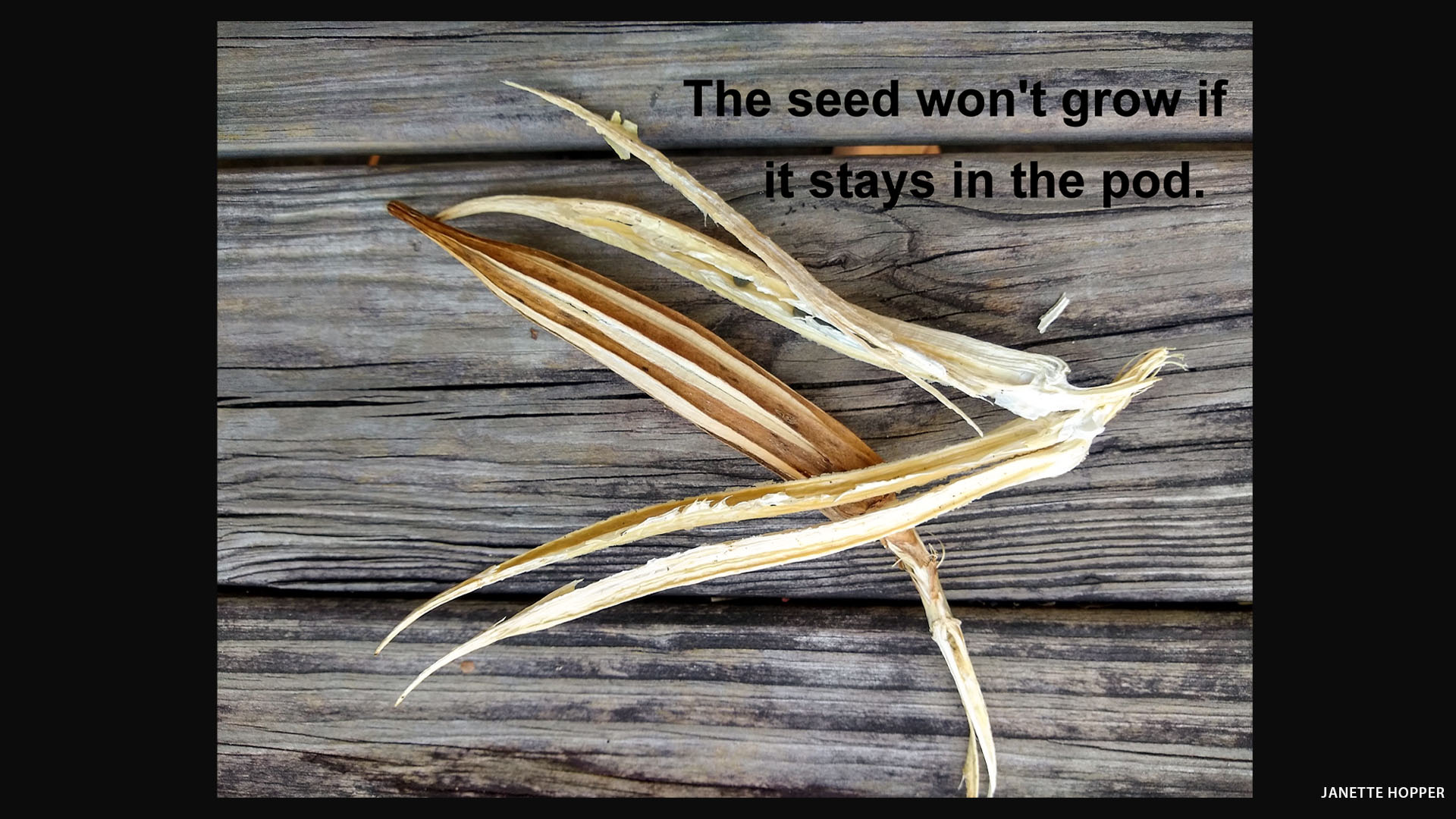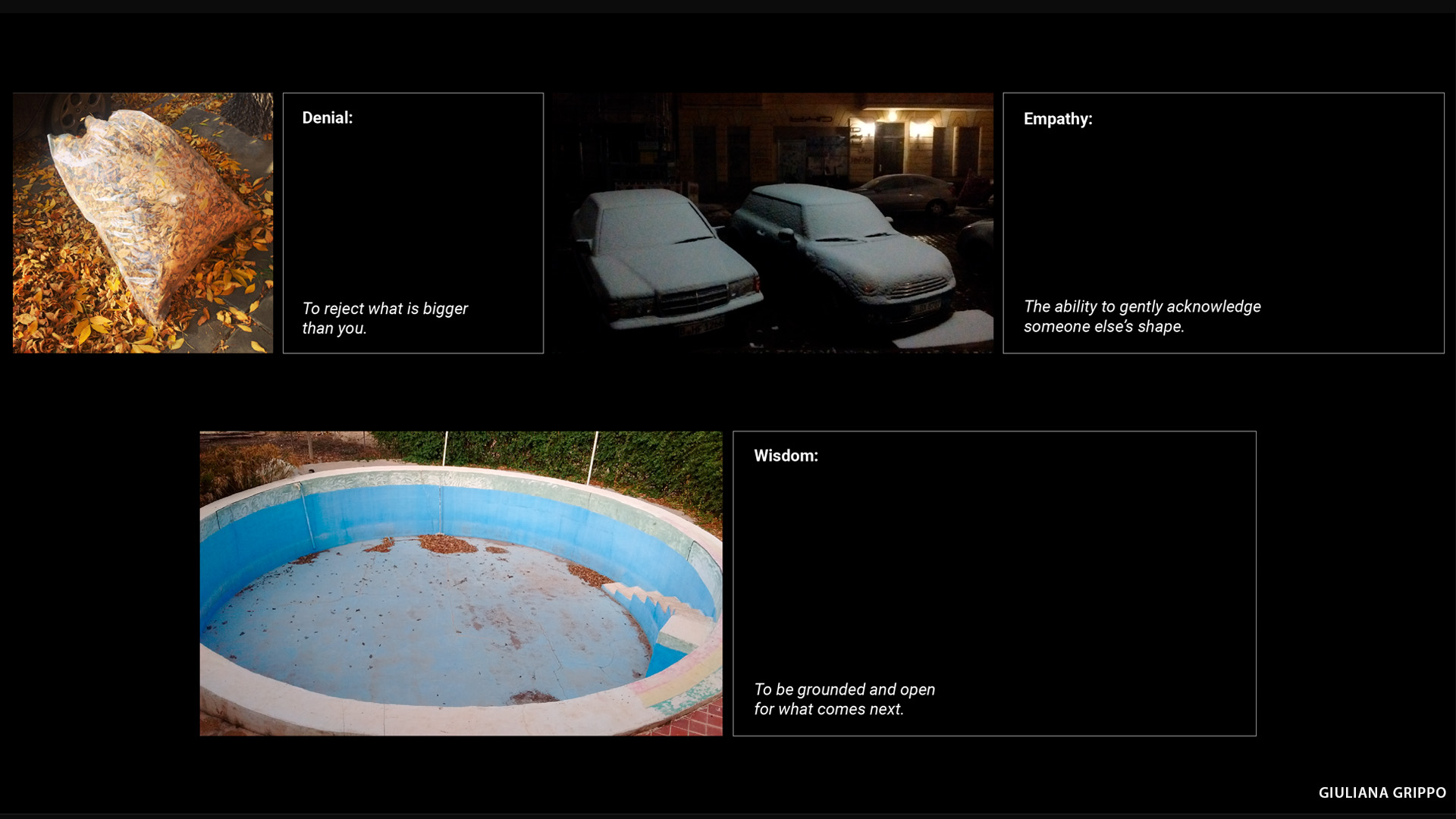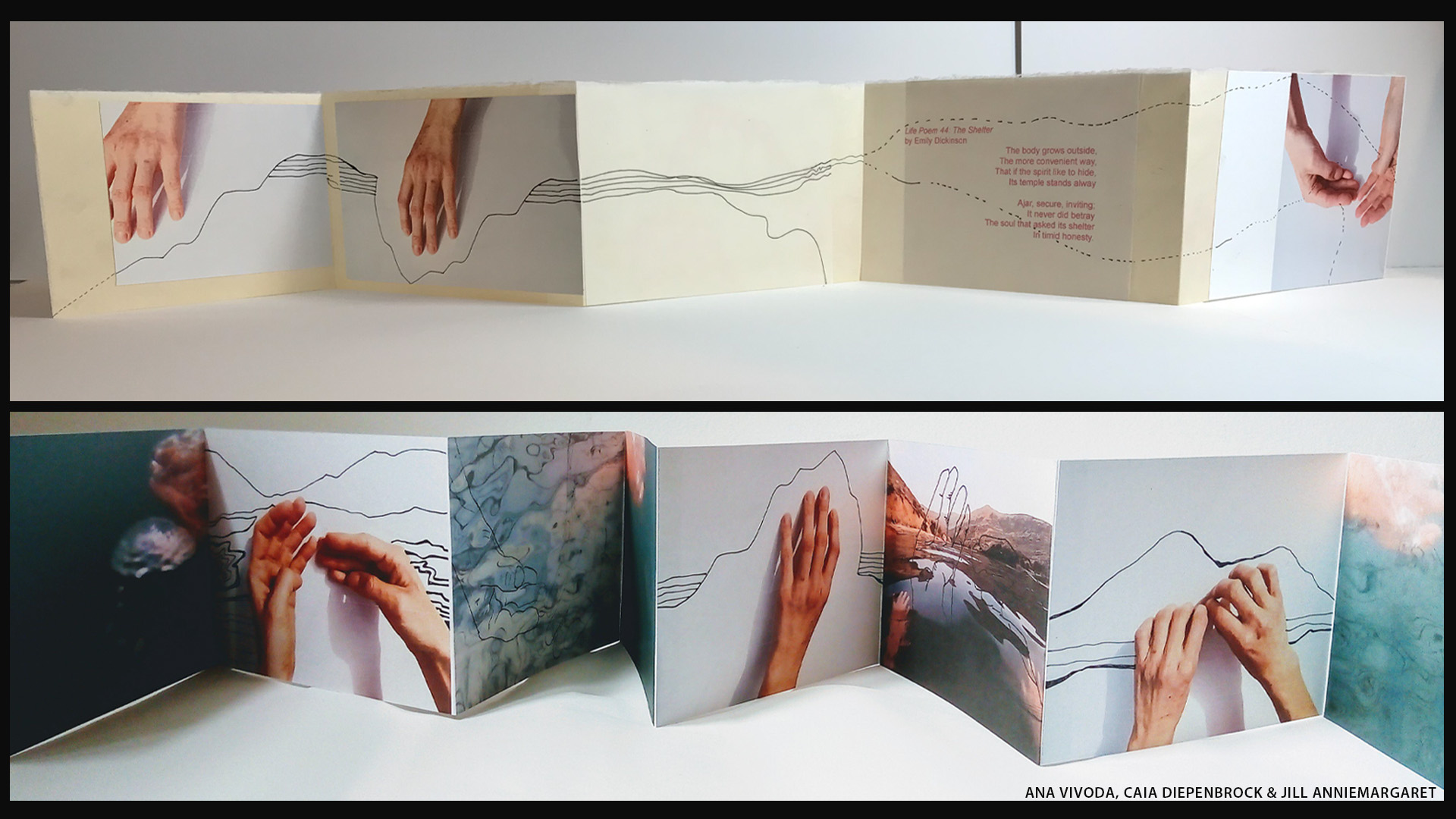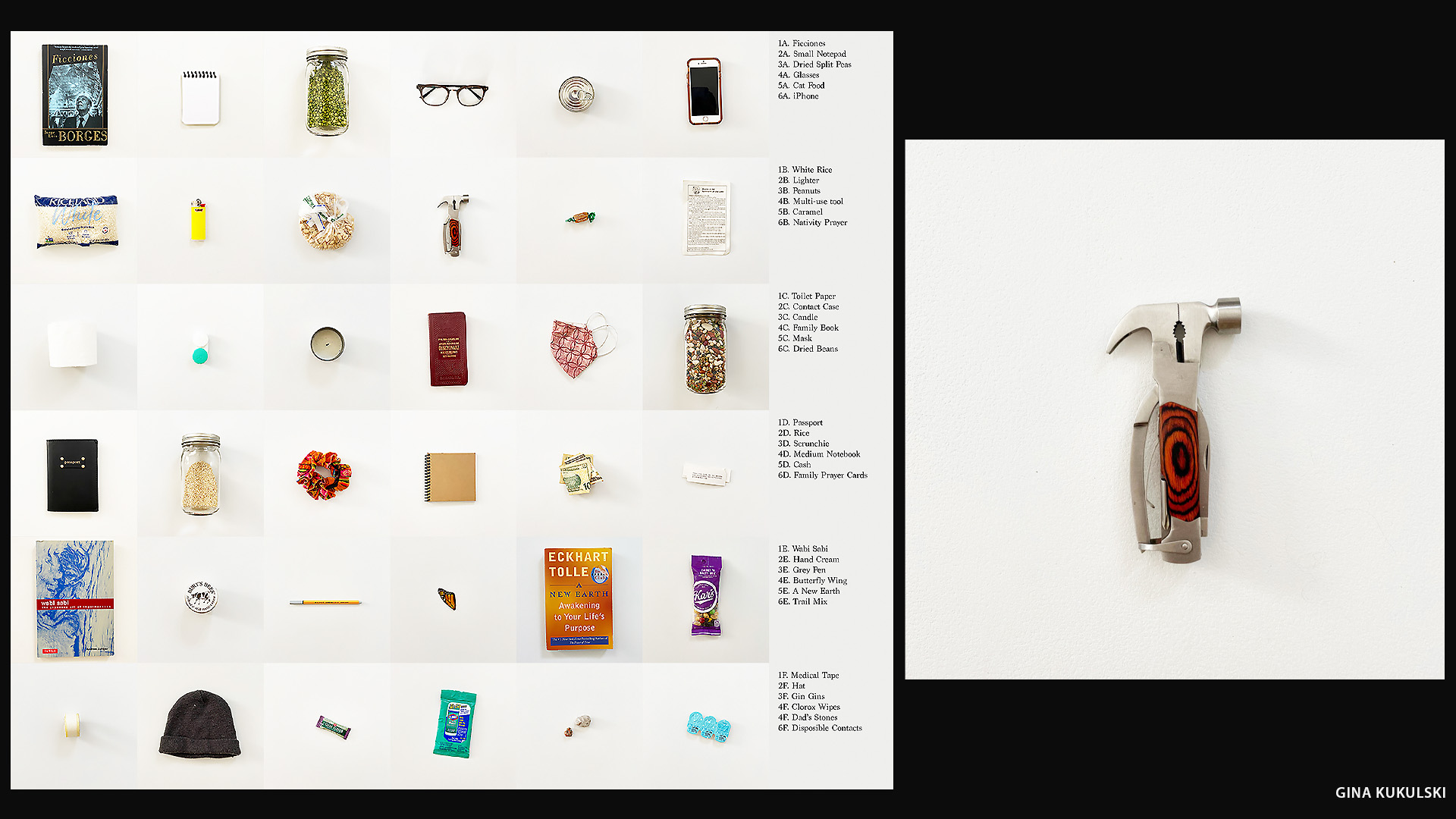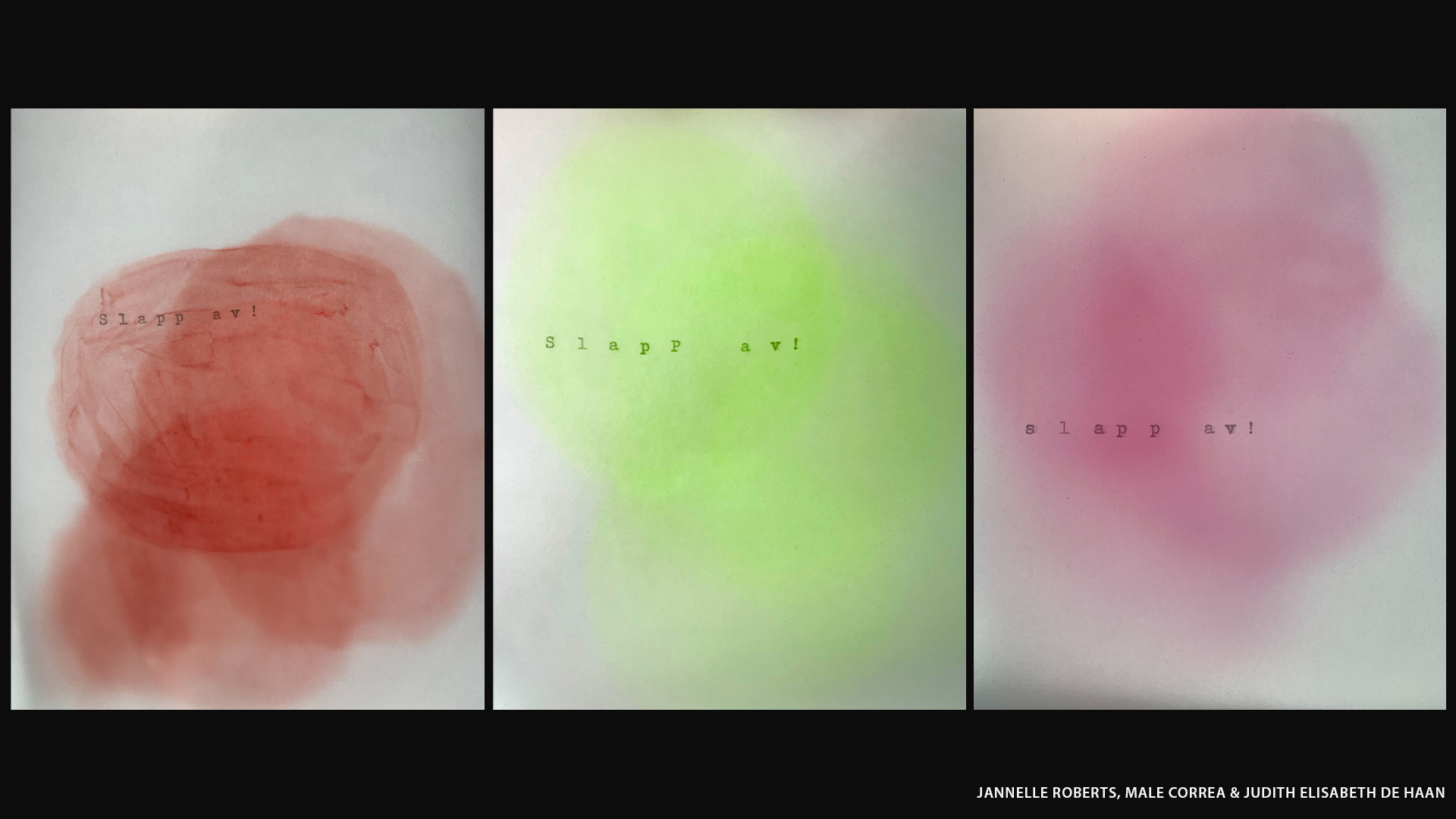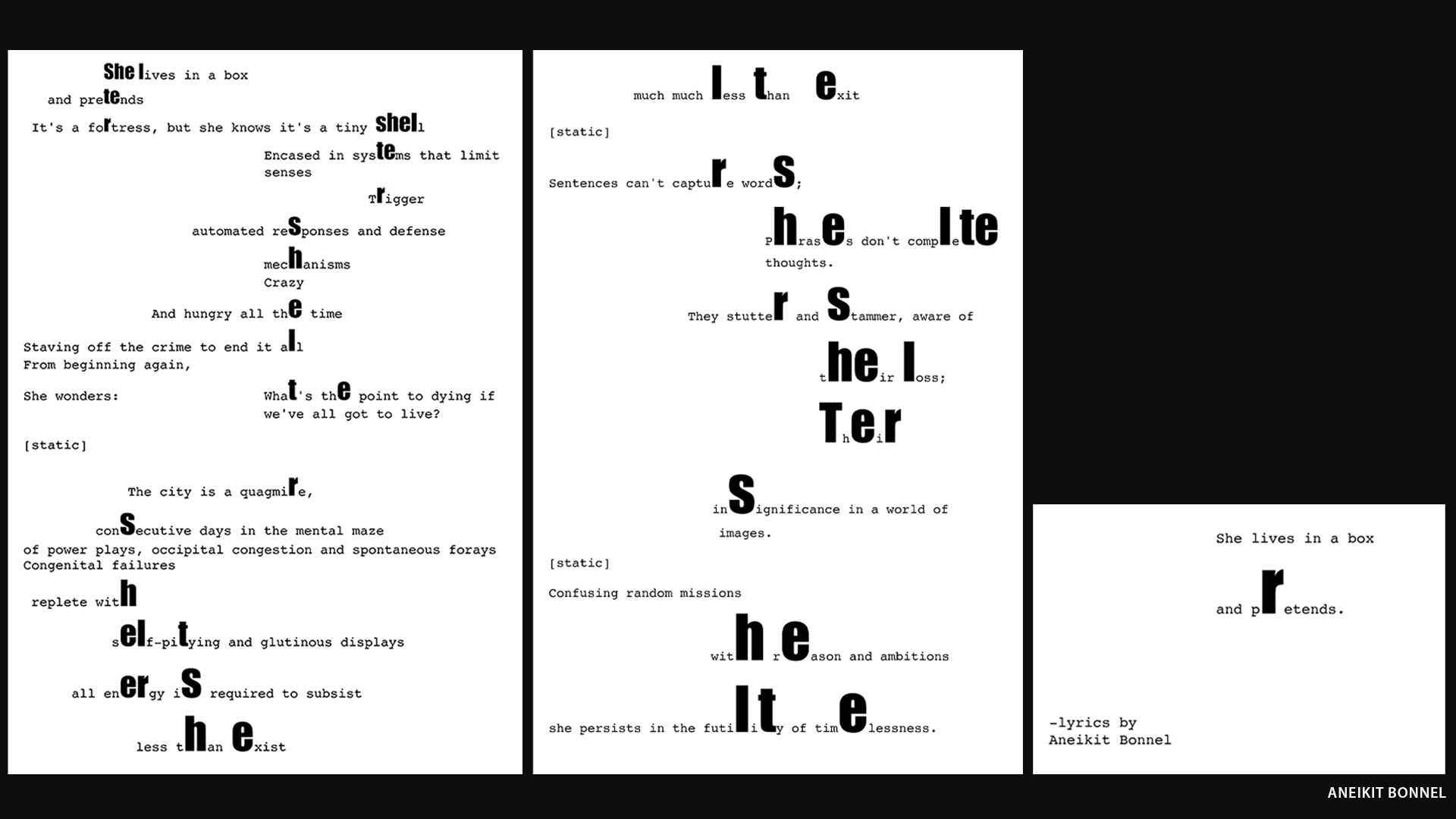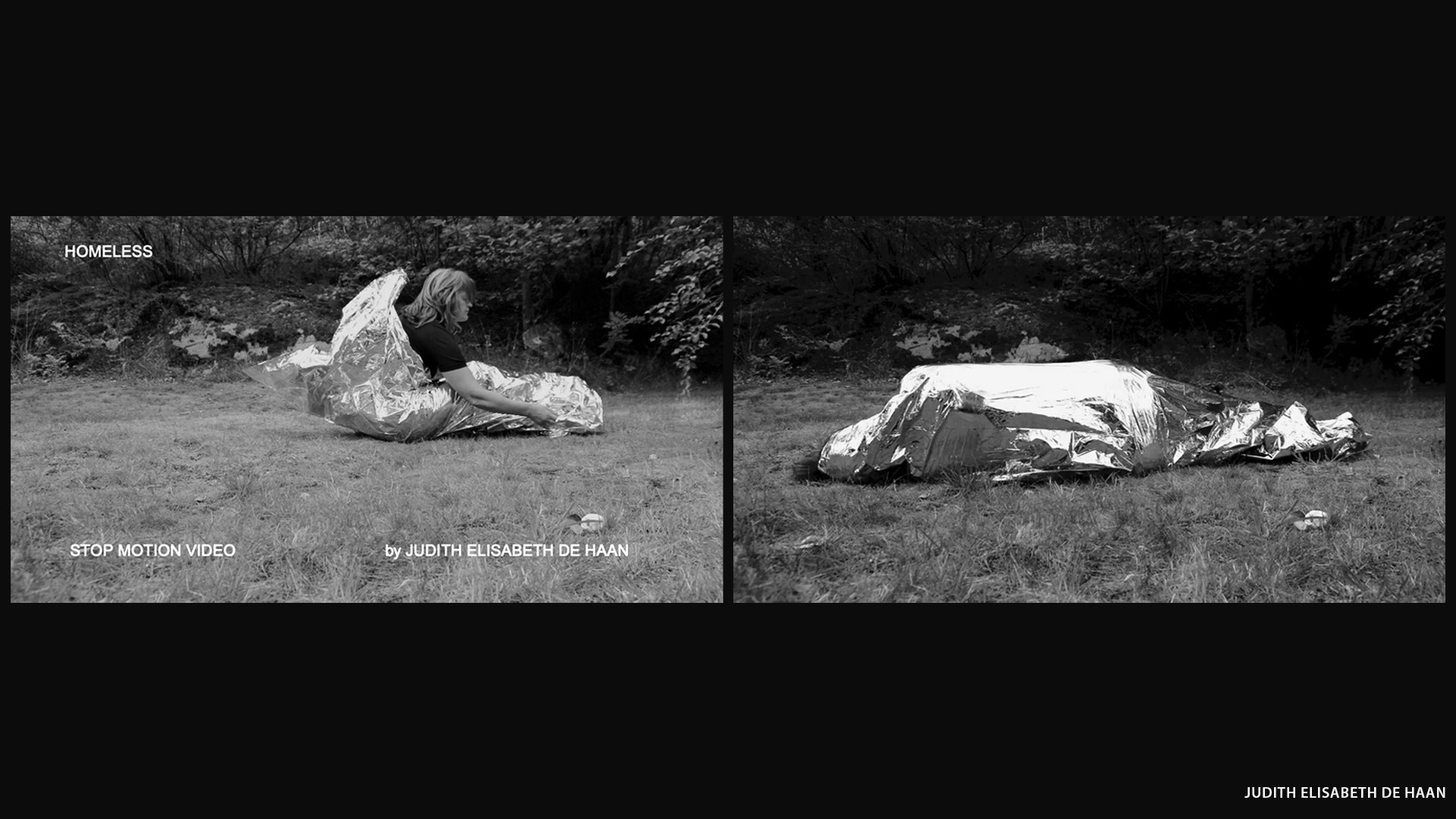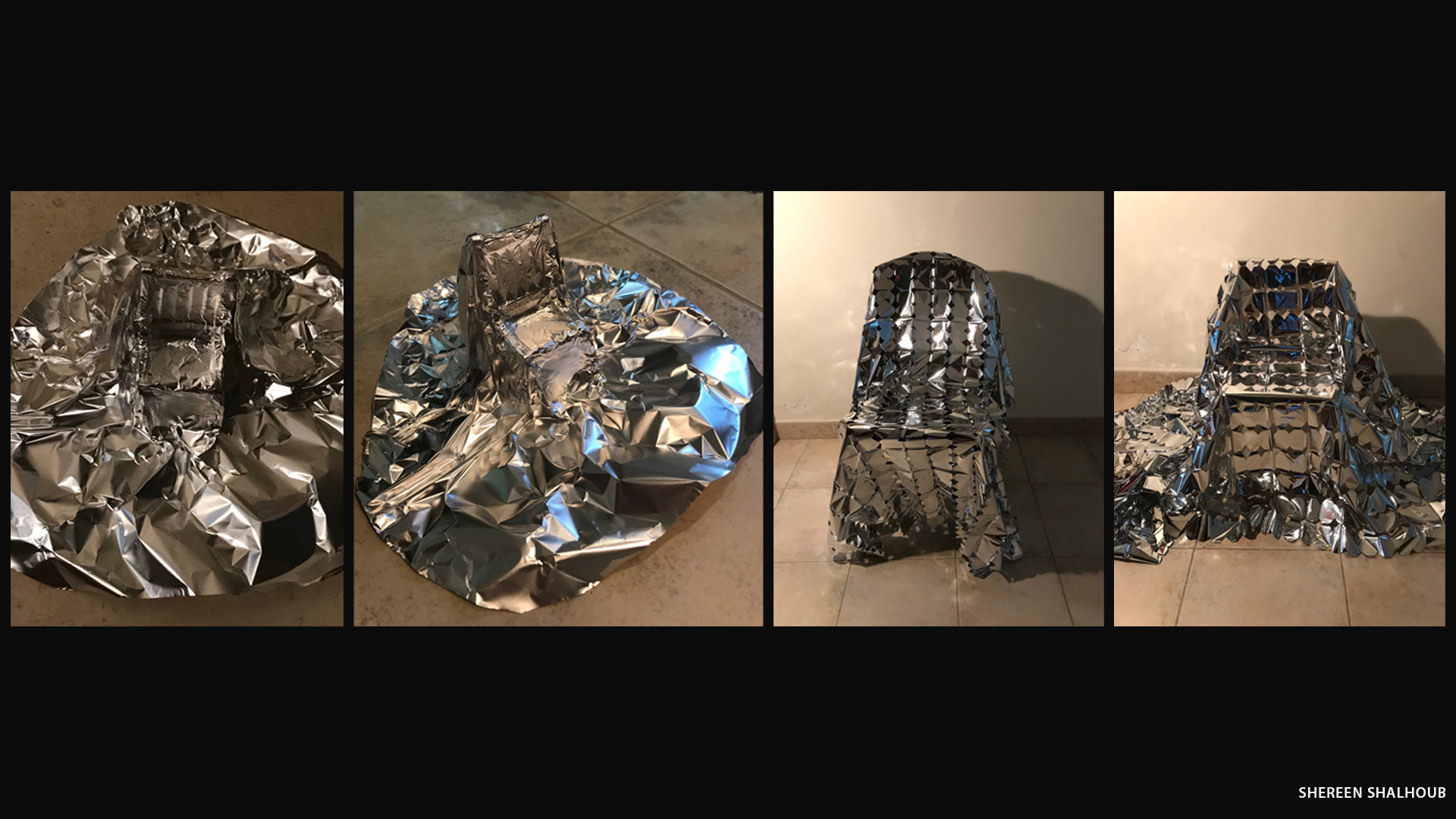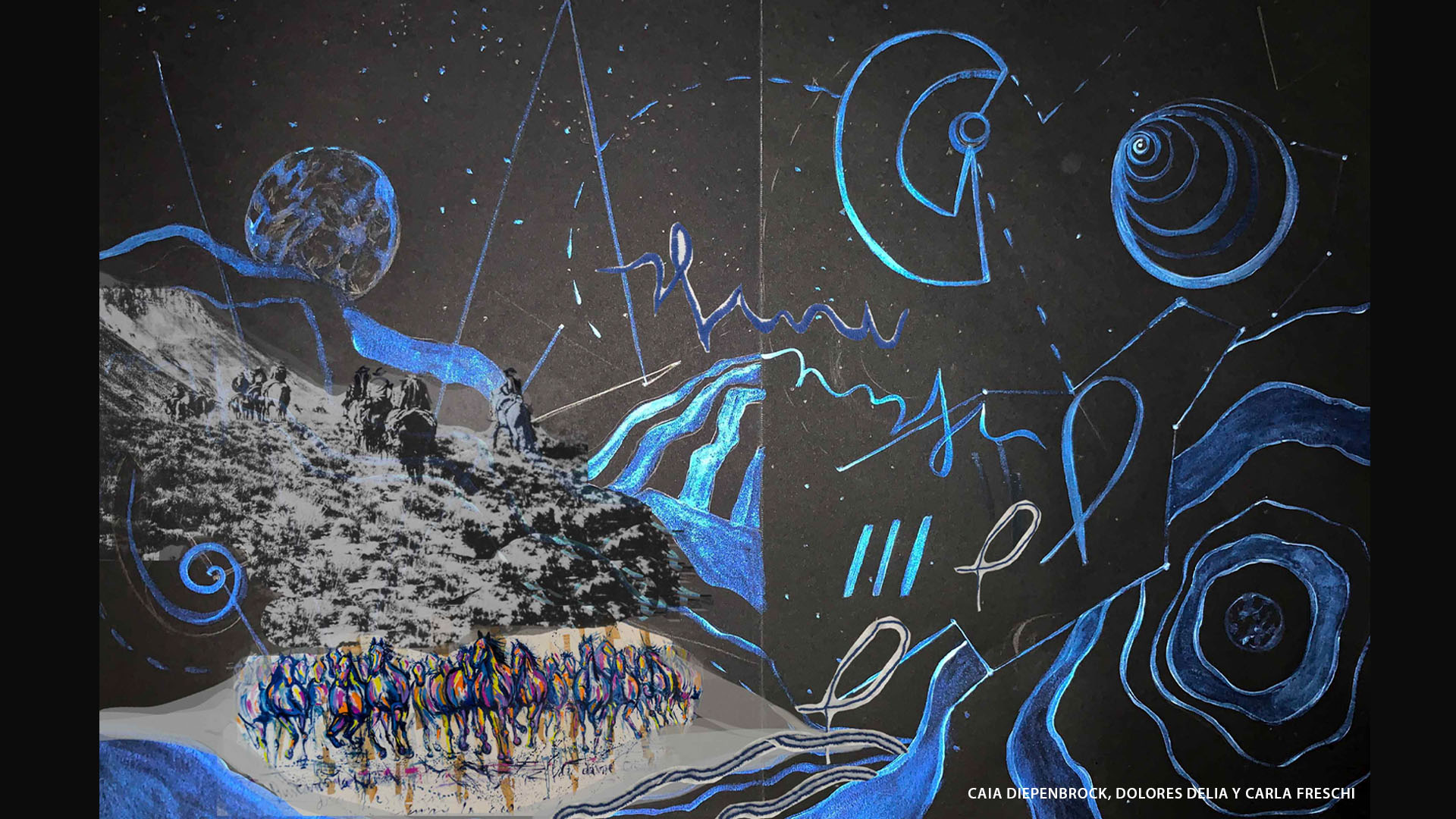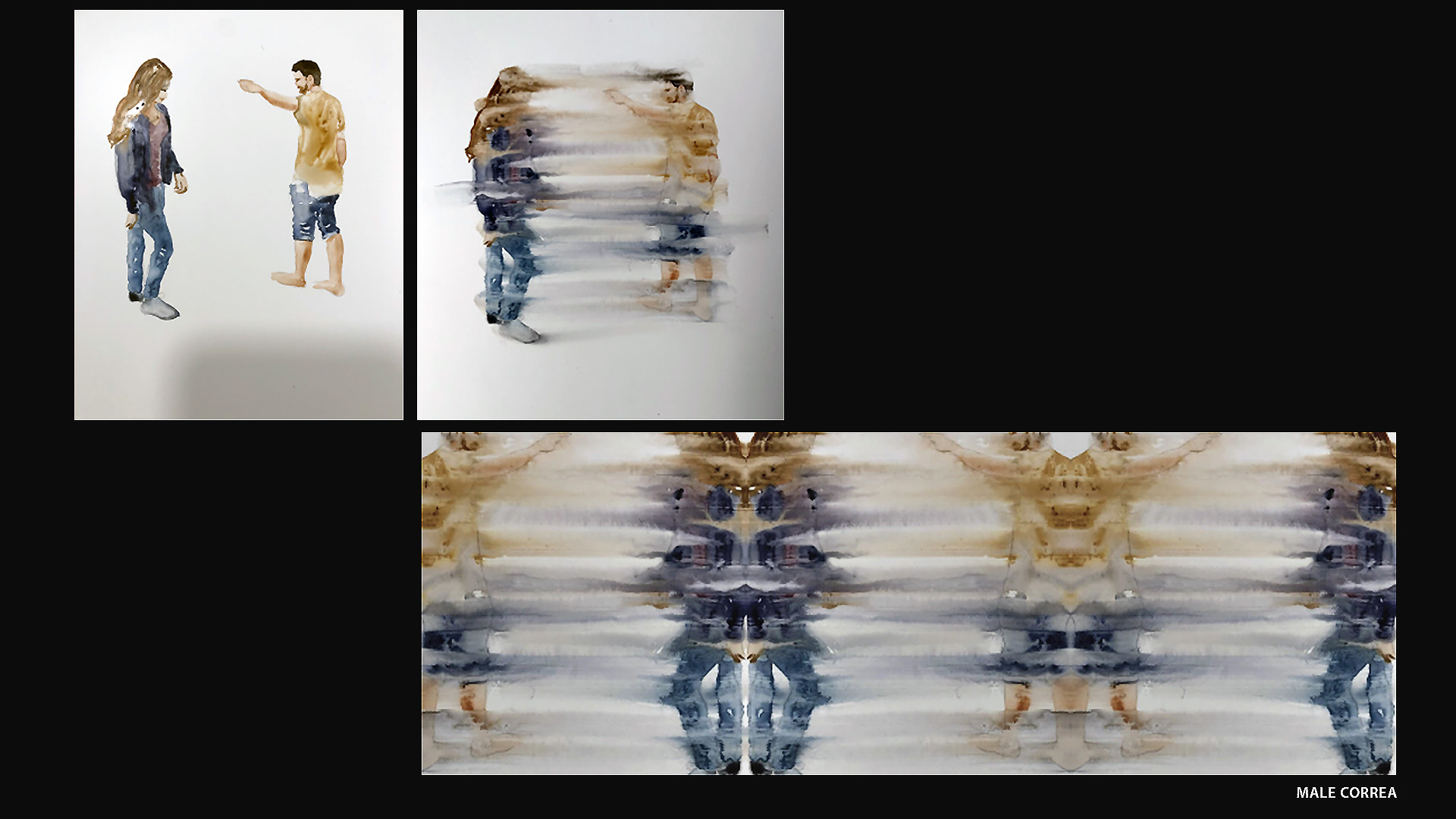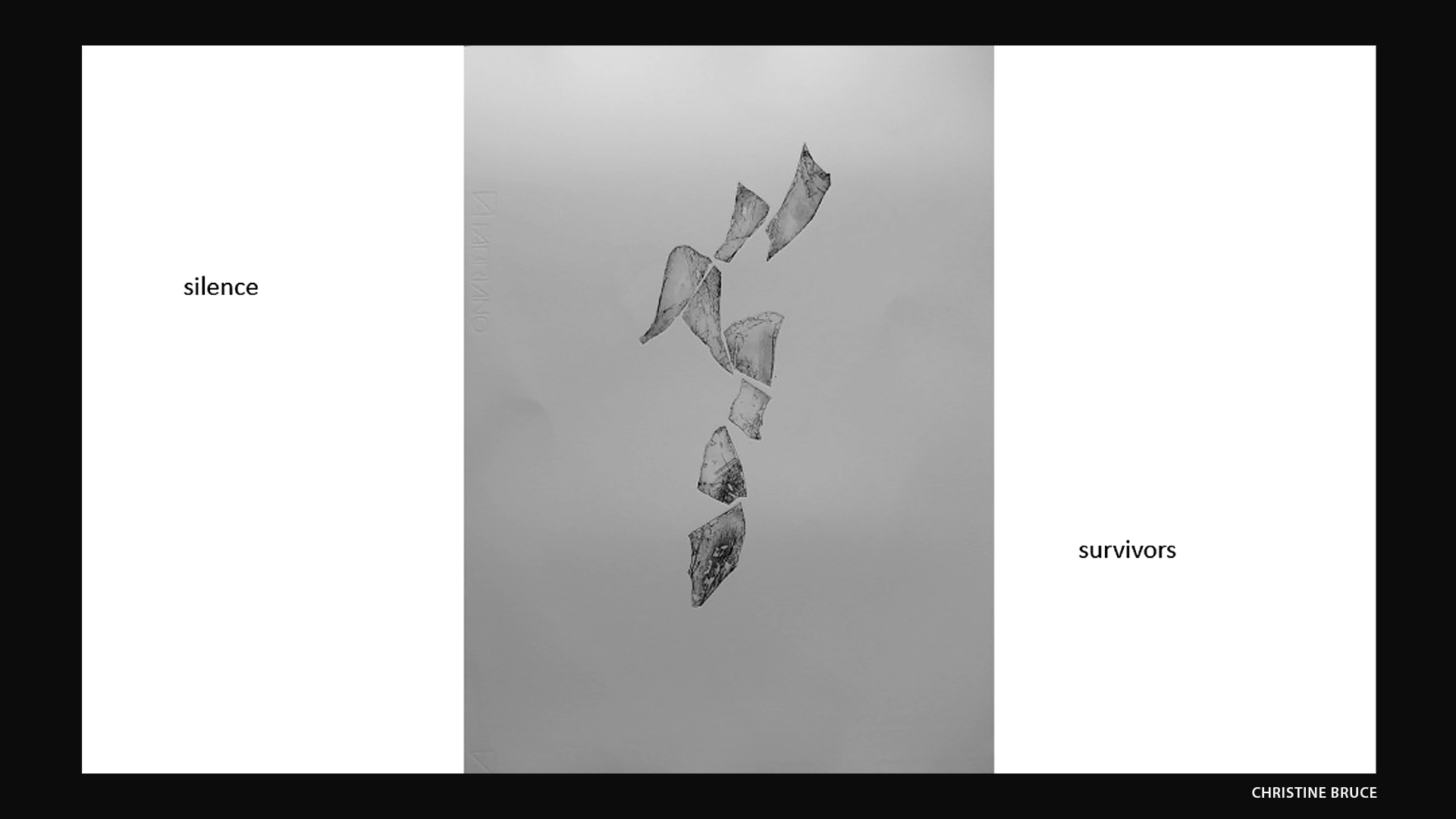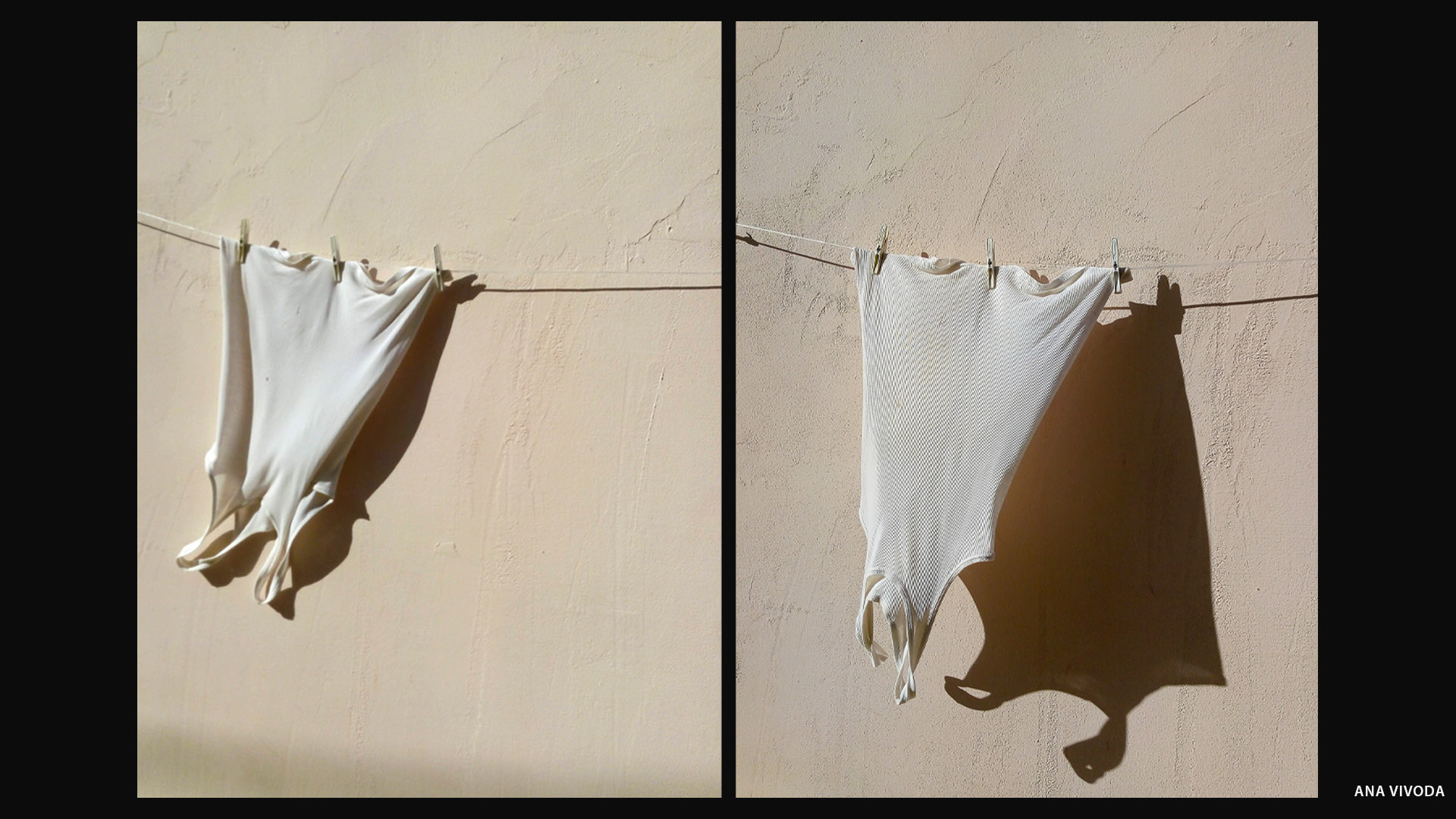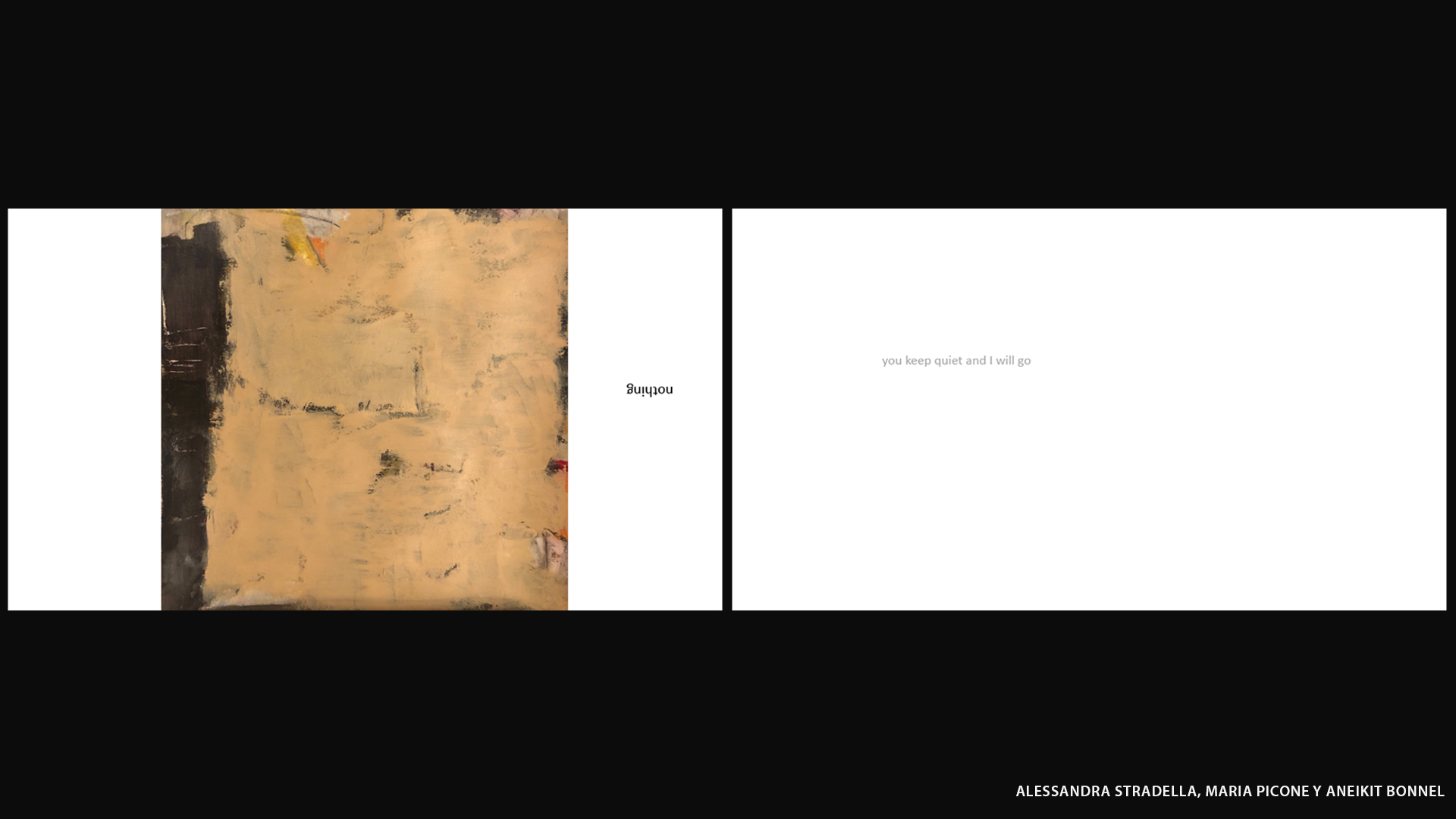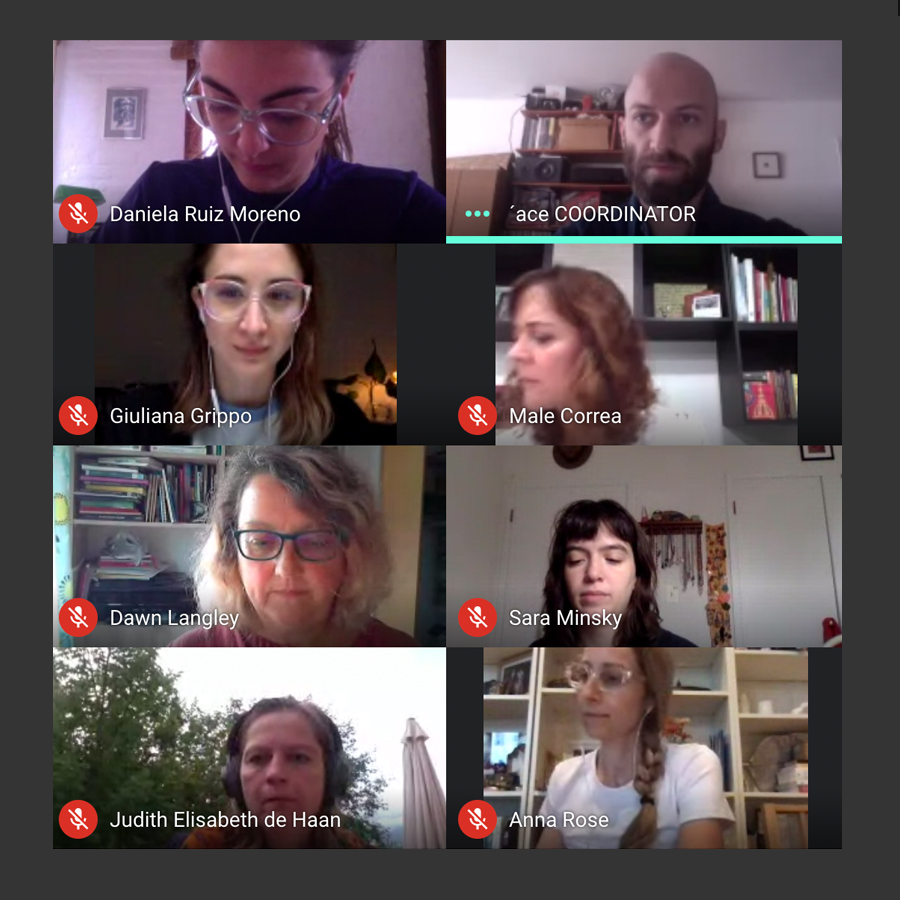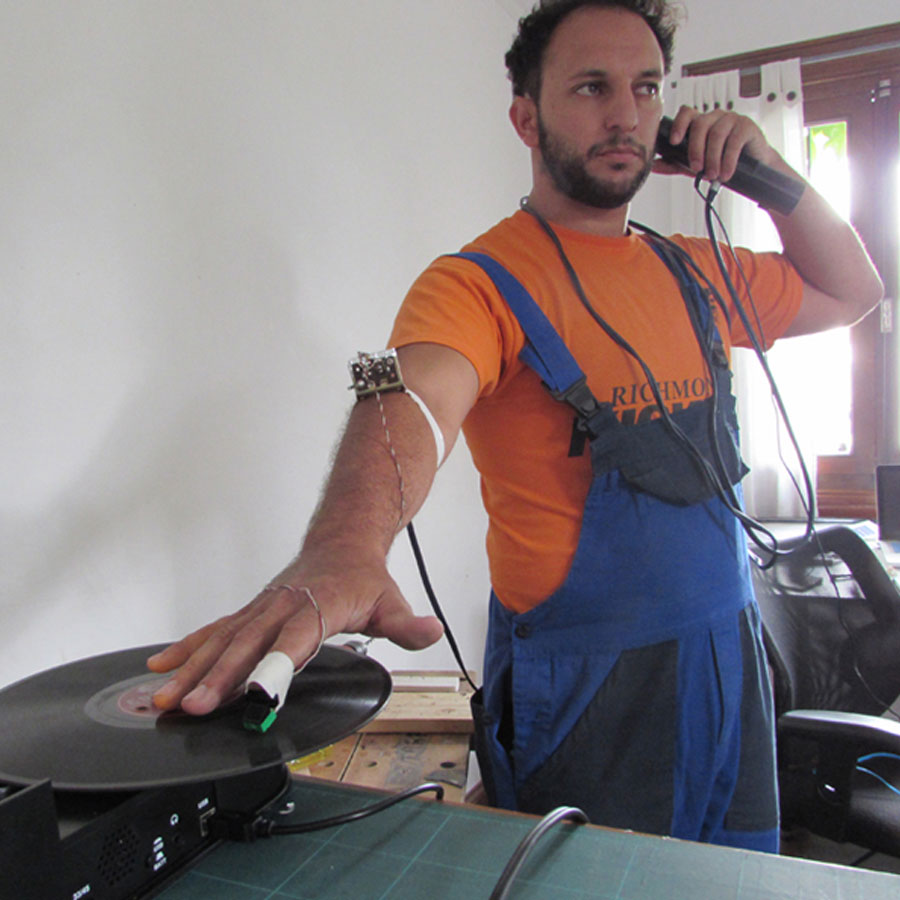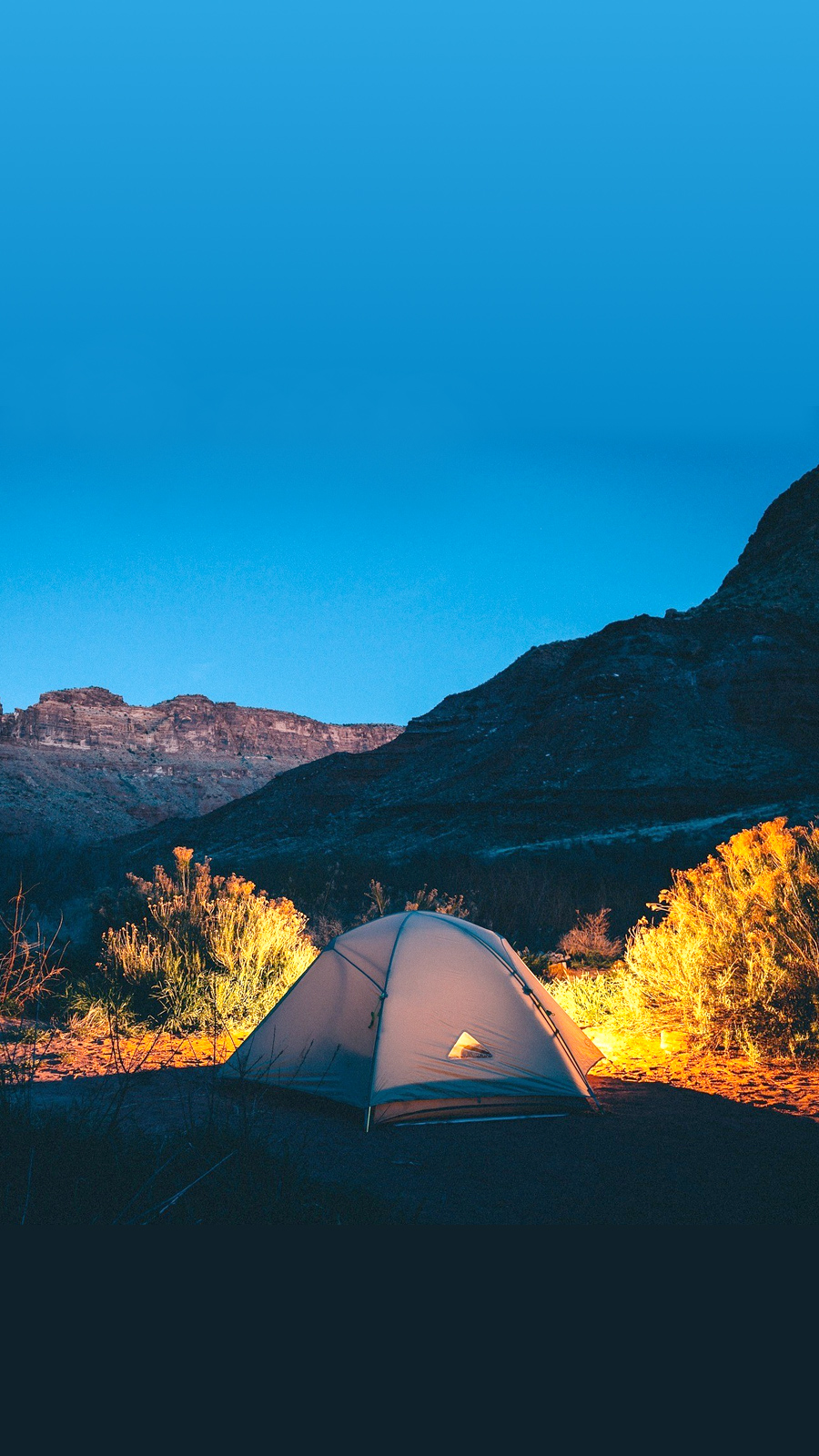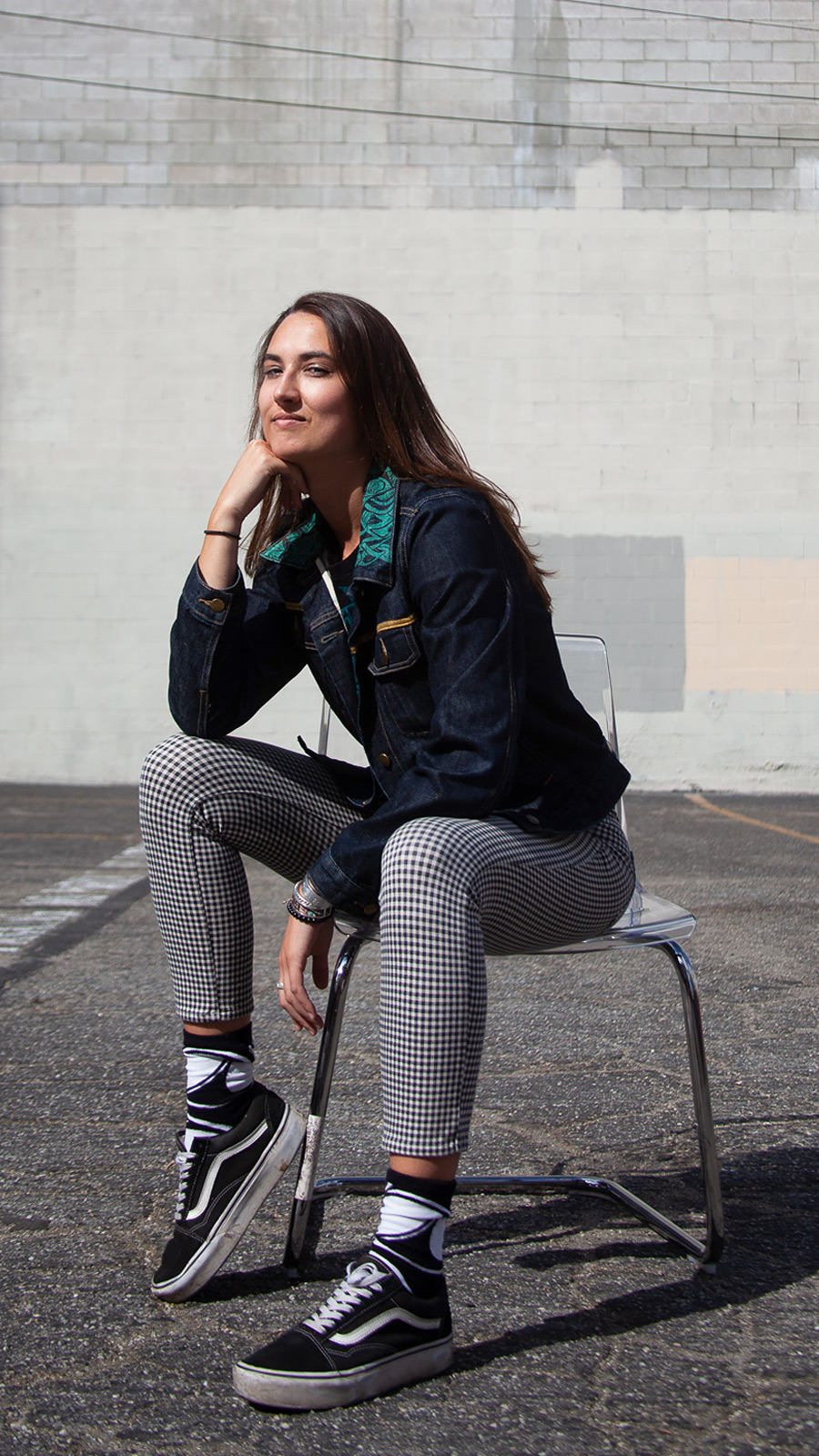Artists
Croatia
Ana Vivoda
Together Apart: #Shelter
19.08.20 09.09.20
“The feature that maybe best describes my work is the auto referential character of the work and the reoccurring characteristic of an imprint – a personal mark and a print related quality- that stretches trough different disciplines.”
A desire to use personal story as an artistic starting
point, implies a strong emotional commitment to the work, however, a personal story is always just a point of departure: making efforts to try and to find interconnections between private, personal, common and universal.
Projects are visually defined mostly as site-specific installations, artist’s books, prints, photography and drawings, open for different kinds of collaborations whether it is with other artists like writers and musicians as with non-artists.
ANA ABOUT TOGETHER APART: #SHELTER
For the ´ace’s program Shelter, I researched the idea of shelter trough family memories and objects. Then, I developed it through collaborations with colleagues working with photographs, drawings and creating ideas for artist books.
Talking about the process, we explored personal narratives and ideas of Water as a shelter, intertwining and intervening upon shared images. The book created is a sediment of various activities and conversations trough a playful virtual collaboration.
BIO
Ana Vivoda
1979, Rijeka, Croatia
Lives in Zagreb and Gornje Vrhovine, Croatia
STUDIES
2013 | PhD Academy of Fine Arts University in Zagreb, Croatia.
2004 | postgraduate studies (Project Studies) at the Royal University College of Fine
Arts in Stockholm, Sweden.
2002 | MFA Department of Visual Arts of the Faculty of Philosophy at the University
of Rijeka.
EXHIBITIONS
2020 | Taiwan, International Biennial Print Exhibit, (Taipei, National Museum of Arts)
2019 | Norway, HIT- International Festival of Relief Printing (Hagesund, Hagesund
Bildsgaleri)
2018 | Germany, 18 th German International Exhibition of Graphic Art Frechen 2018
(Kunstverein zu Frechen)
2017 | China, 6th Guanlan International Print Biennial, (Shenzen)
2010 | USA, New Prints 2010/Winter, (International Print Center New York)
AWARDS
2018 | Croatia, Award of the Collection of Prints of National University Library, 5. Croatian
Drawing Triennial, (Zagreb, Cabinet of Prints of Croatian Academy of Science & Arts)
2017 | Croatia, Award, 8 th International Print Biennial Splitgraphic, (Old City Hall, Split)
2016 | Spain, Honourable mention, Print Award Carmen Arozena, (Museum Real Casa de la
Moneda, Madrid)
2015 | Mexico, Honorary mention, International Print Biennial Jose Guadalupe Posada,
(Museuo Jose Guadalupe Posada, Aguascalientes )
2013 | Spain, award, 2 nd International Contemporary Engraving Festival, Bilbao
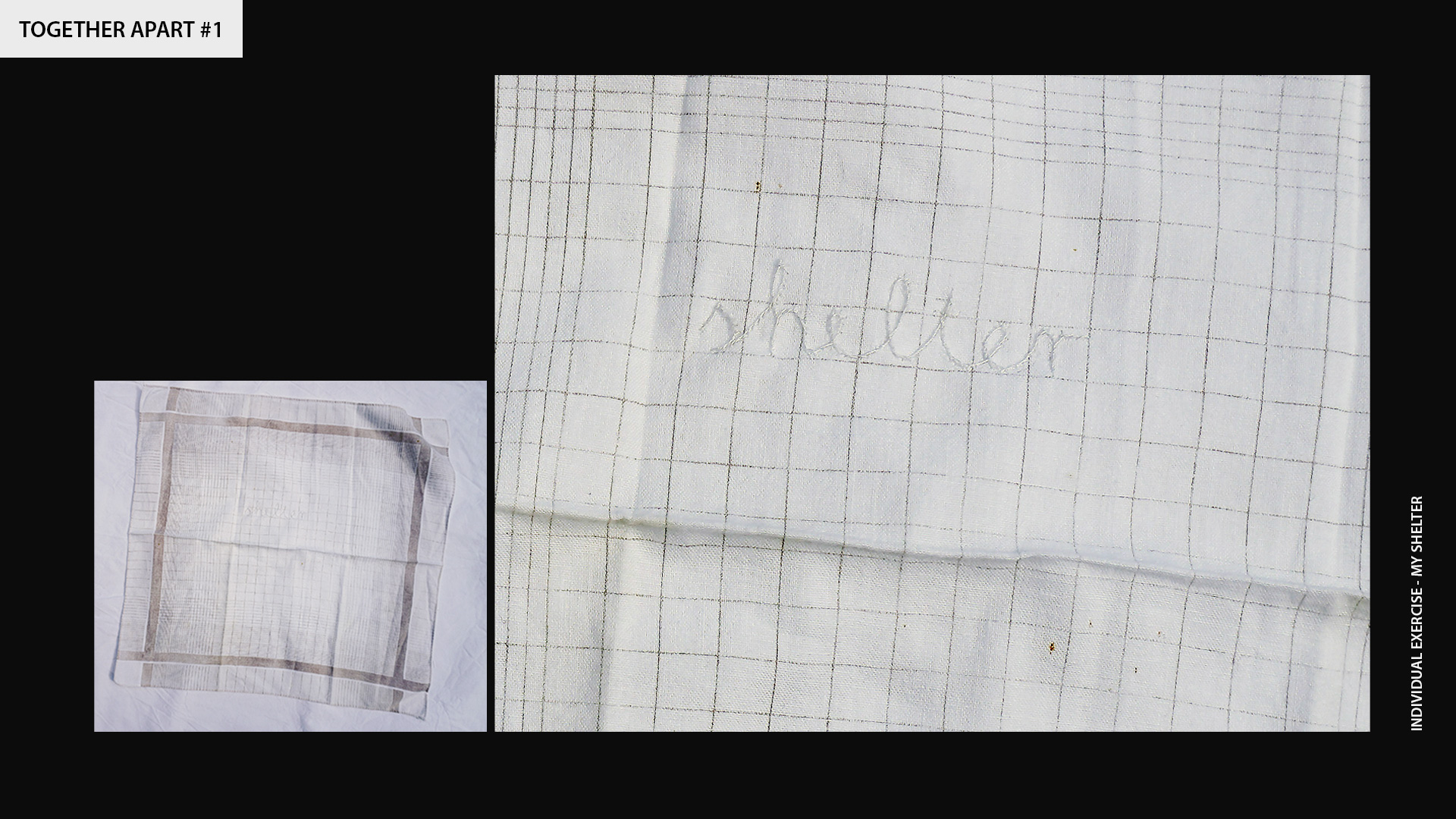
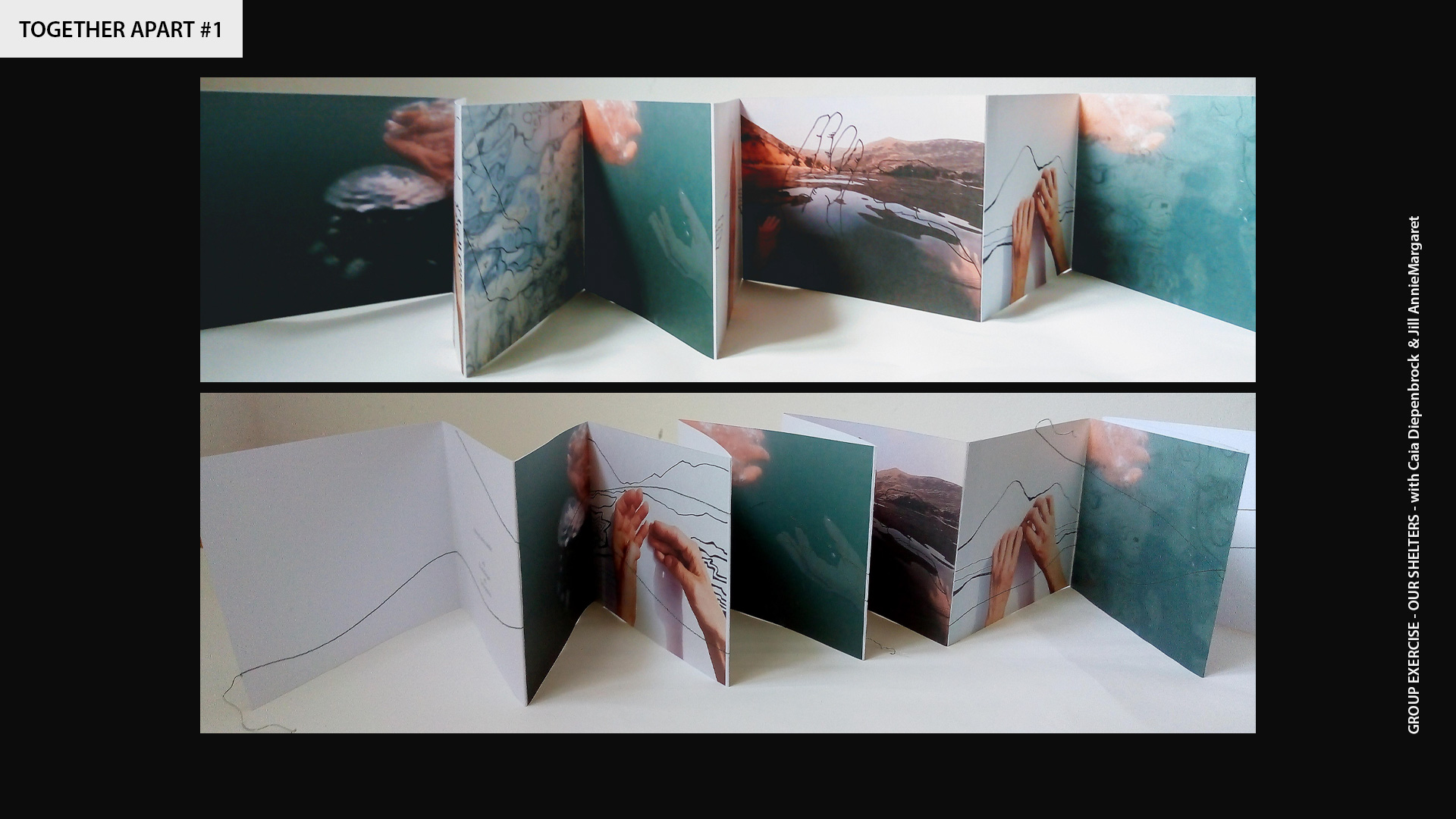
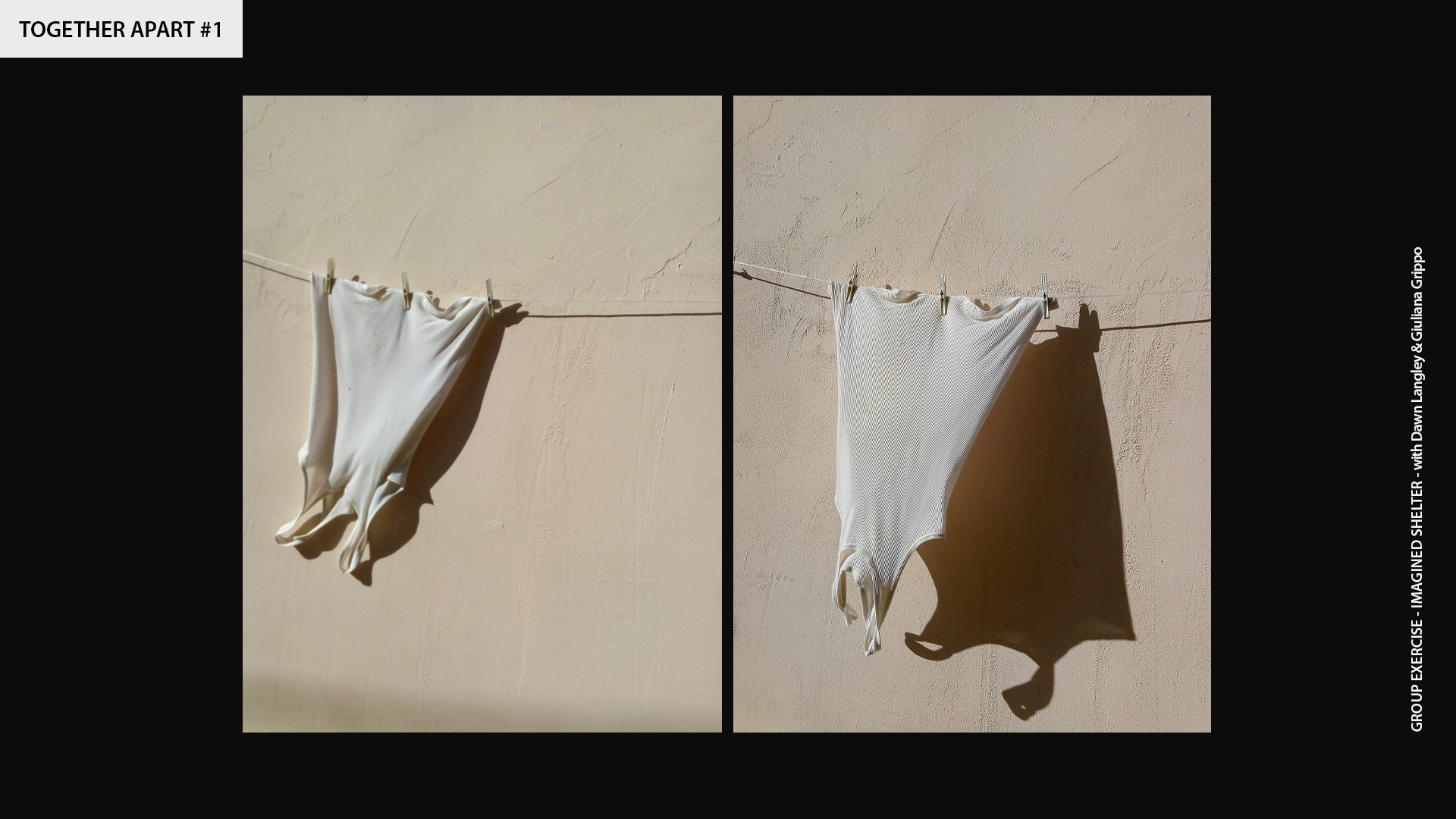
Related Activities
Exhibitions, Together Apart
#1 | SHELTER: results
Artists in dialogue
16.12.20
During 2020, we carried out the first two sessions of Together Apart. The first session took as a conceptual and practical framework the REFUGE and the second, the NEST.
Through those starting points, both of which refer to caring atmospheres and structures for coexistence, we were able to think and create in a wide variety of directions and layers. We reflected on our pandemic context, a situation for which we had to find ourselves in the virtual non-space, but also a situation thanks to which people from many different countries were able to work simultaneously.
Assuming this complex situation, more than 20 participants per session created new pieces –some in exercise format–, took up projects that they had already worked on in the past or collectively set out to create new projects that will continue to develop beyond the scope of our meetings.
Taking these refuge and nest issues also in their complexity, we asked ourselves questions that made each of the participants involve their personal experiences, memory, memories and experiences from each of their territories. We addressed questions that sought to keep us in constant movement; at times we went through very optimistic or pessimistic visions about the possibility or necessity of having a shelter or a nest, and at other times, we were able to articulate more complex visions, enduring in intermediate and liminal states. For both, we took as a theoretical structure of support and dialogue the thought of Félix Guattari presented in The Three Ecologies (1989). His ethical-political approach that highlights the molecular domains of sensitivity, intelligence and desire, as well as his articulation of the three ecological registers (environment, social relations and human subjectivity), helped us to expand our creations and thoughts in relation to shelter and nest.
During the first session, when asked about the conditions that a refuge can have and the conditions that we would like a refuge to have, the artists (coincidentally and by chance, we had a cohort one hundred percent comprised of women) generated sculptural pieces, artists’ books, photographs, videos, dance pieces and more, reflecting on the permeability or isolation structures that a shelter can have. Also, many artists started from their bodily memories to refer to the refuge and made improvisation and performance pieces. We created in relation to the refuge conditions presented by nature and the refuges that we create to protect ourselves from certain natural conditions. Memory as a refuge and shelters for memory also arose through textile practices or from the use of jewelry or objects with which we build links. Finally, the bonds and the community as spaces that shelter and spaces that imply care was another of the axes that we explored through pieces that included readings of texts and sound activations.
Together Apart has functioned as a program that opened up possibilities for meeting and collaborative creation. It has made possible the creation of new rhythms and synchronies for a limited time but whose reverberations and echoes continue to affect in unexpected directions.
Daniela Ruiz Moreno (curator-in-residency)
Related artists
- Alessandra Stradella
- Ana Vivoda
- Aneikit Bonnel
- Anna Rose
- Ariana Pirela Sánchez
- Caia Diepenbrock
- Carla Freschi
- Christine Bruce
- Dawn Langley
- Dolores Delia
- Gina Kukulski
- Giuliana Grippo
- Janette Hopper
- Jannelle Roberts
- Jill AnnieMargaret
- Judith Elisabeth de Haan
- Male Correa
- Roseanne Lynch
- Sara Minsky
- Shereen Shalhoub
